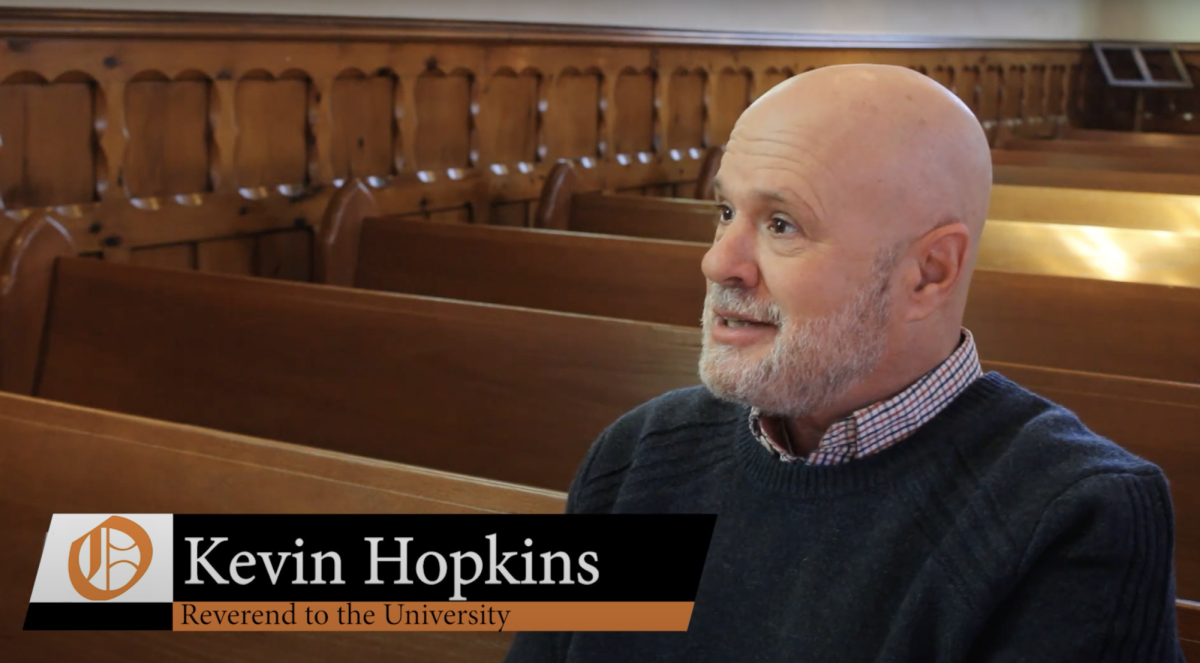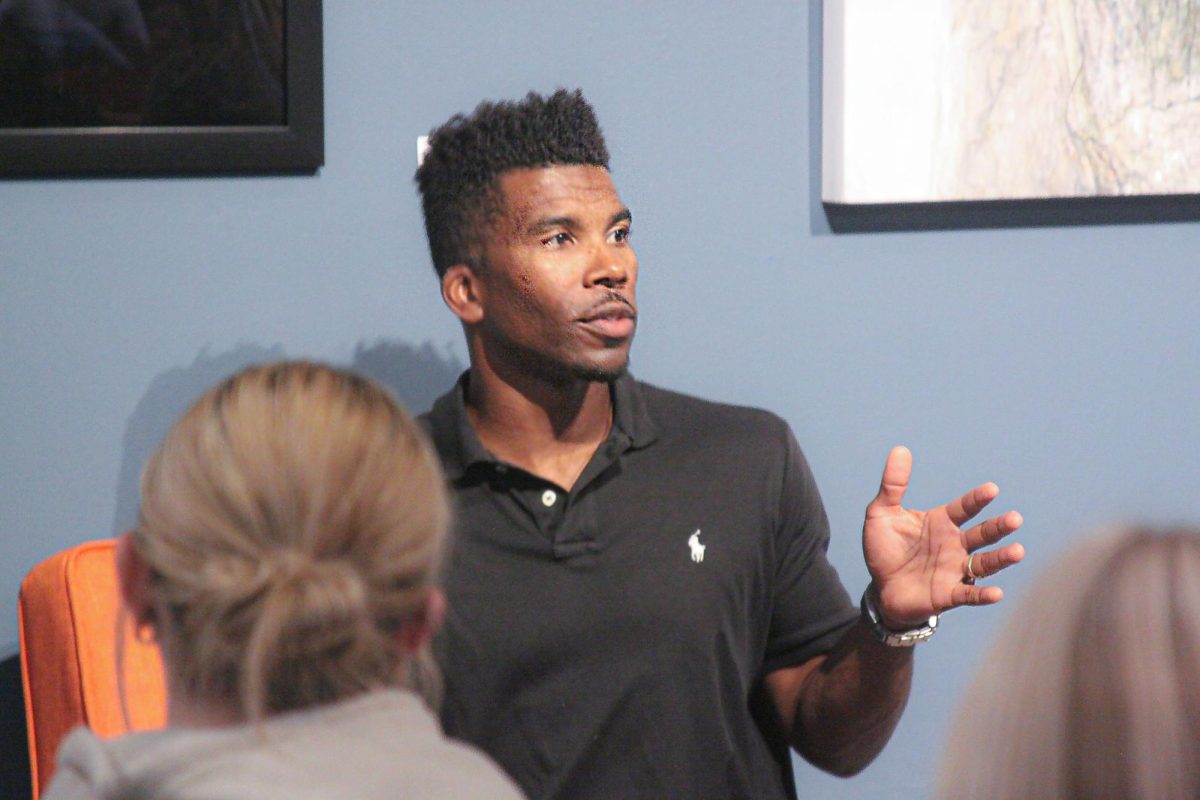After watching the Baker University football team defeat one of its biggest rivals in the Ottawa Braves for its season opener, I was excited not only about the watching the Wildcats’ remaining games, but for NCAA and NFL football as well.
Although it was hard to complain about the Wildcats’ win, there was one thing that stuck out to me during the game that concerned me not only for the ‘Cats, but for football players at all levels of competition. I was not able to keep count of how many times a player lost his helmet, but it was way too many. Each time a player lost his helmet, they were forced to leave the game for the next play. None of the players appeared to sustain a serious head injury and were able to return the contest.
The number of times that a player lost his helmet can easily be forgotten because of how the close the game was played, but it should not be overlooked. While many of the national headlines dealing with football over the past month have either been about Tim Tebow and the New York Jets or the Penn State scandal, the fact that there are now more than 3,400 former NFL players filing an ongoing concussion lawsuit against the league seems to be slipping by the wayside.
As of the middle of August, the lawsuit consists of 135 different cases and claims the NFL had knowledge of potential brain damage caused by concussions, but did not reveal the side effects to the players. The players who have filed the lawsuits each have their own unique story as to how many concussions they sustained and whether other players, coaches, trainers or league officials are responsible for the head injuries.
A couple of events in the last few months have shed even more of a negative light on the NFL and reports have surfaced from Sporting News magazine that the concussion lawsuit could cost the league billions of dollars.
On March 16, ESPN Outside the Lines reporter Steve Delsohn sat down with former NFL quarterback Jim McMahon to discuss the 52-year-old’s bout with dementia. McMahon, who helped lead the Chicago Bears to win Super Bowl XIX, said early in the interview that he probably would not remember most of the interview 10 minutes after it was over. His teammate, Dave Duerson, who suffered at least three concussion spanning his 11-year career, committed suicide in February of 2011. Duerson had been battling chronic traumatic encephalopathy prior to his death.
Then just six weeks after McMahon’s interview, 12-time Pro Bowl linebacker Junior Seau committed suicide at the age of 43. Although it was stated in the Los Angeles Times that the autopsy of Seau’s brain revealed that it did not seem likely that his suicide was a result of any head-related injuries, the further damage to the NFL’s reputation had already been done.
Even if the NFL will have to disperse billions of dollars to the 3,400-plus former players, the league will not be able to satisfy all of the players’ health needs by giving them money for health insurance. However, the league can save money from here on out by brainstorming rules to help prevent players from sustaining concussions and to closely monitor the ones who suffer concussions in games or practices.
NFL Commissioner Roger Goodell has gradually implemented new rules over the past year or so to test for concussions, but there is still no way to tell for sure if someone is concussed or not. While rules such as pushing kickoffs from the 30 to the 35-yard line have decreased concussions this past NFL season, the league needs to keep investigating ways to make the game safer without completely taking away the physicality that it takes to play football.
It encouraged me that the NAIA made a rule to force a player to sit out the ensuing play after losing his helmet, but at the same time, the helmets should not come off their heads that easily or that often. For football players at any level of competition, the will to win is often high. What players, trainers, coaches and league officials must recognize is that a player’s life after football should not be impacted by the effects of head injuries.
The grind of the football season is in its early stages. It is my hope that players at all levels will be able to showcase their athletic ability on the field without sustaining any serious head injuries that could impact them beyond this season.







